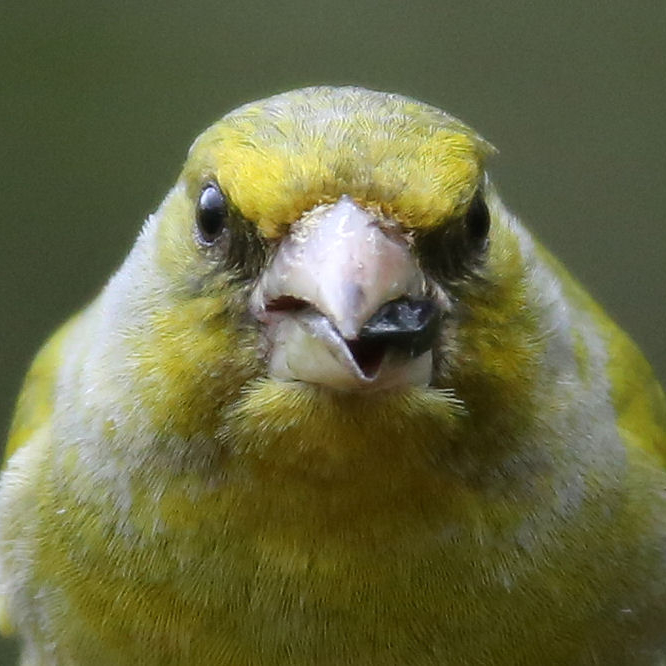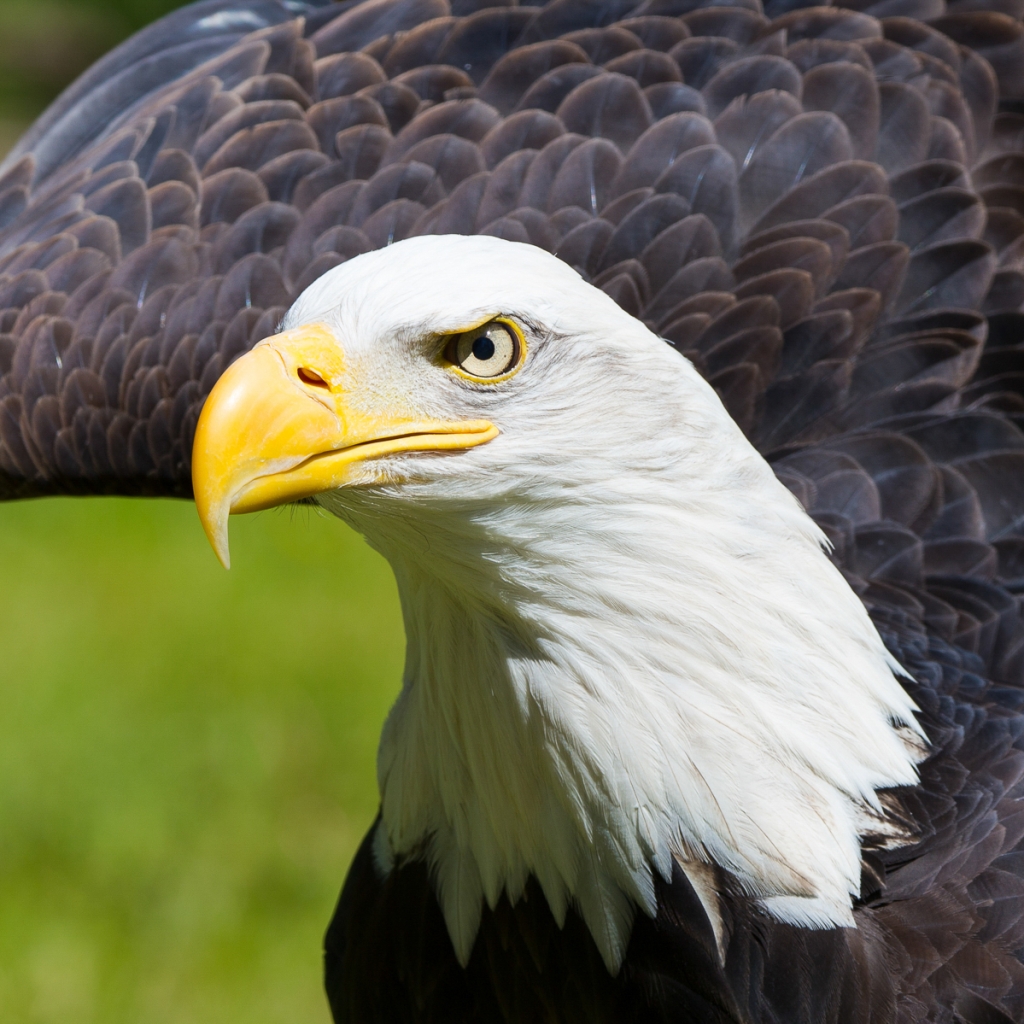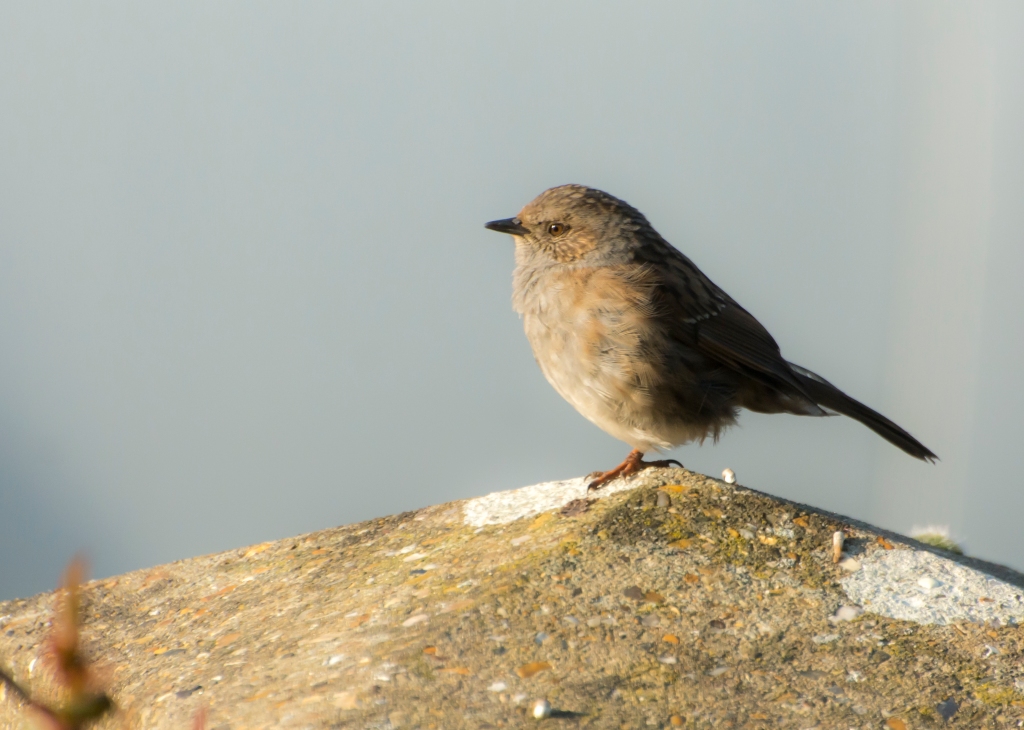
A few weeks ago in Nature Classroom we explored feeding adaptations in mammals (you can find it here). There we saw how mammal teeth are adapted to the food they eat. But what about birds? Birds don’t have any teeth, but we can see adaptations to their diets in the shape of the beak. In this Nature Classroom we will be exploring evolution and adaptation by looking at bird beaks, including some famous examples and some that you can see closer to home.
To find out more about eveolution and adaptations, check out our post Exploring Evolution through Colour.
These activities support learning in the following areas:

Identify and name a variety of common animals that are carnivores, herbivores and omnivores.
Identify that animals, including humans, need the right types and amount of nutrition, and that they cannot make their own food; they get nutrition from what they eat.
Recognise that living things have changed over time
Identify how animals and plants are adapted to suit their environment in different ways and that adaptation may lead to evolution.
What is a Beak?

A bird’s beak has bone inside to give it shape, and is covered in keratin – the same stuff that makes your hair and finger nails. The shape of the beak is adapted to the diets of different birds. Perhaps the most famous example of this is the Galapagos Finches. At the Museum we have a number of Galapagos Finches collected on the Voyage of the Beagle, the expedition famous for inspiring the work of Charles Darwin on evolution. Although the observations Darwin made on the Voyage of the Beagle were incredibly important in the development of his ideas about evolution, the famous Galapagos Finches hardly feature in any of his writing, and don’t appear in ‘On The Origin of Species’, the book where he sets out his idea of natural selection in detail.

Take a look at our Galapagos finches. The finches in the photograph are species of ground finch. Can you see that the bird second in from the left has a much deeper beak? This is a large ground finch, and its beak is adapted for eating bigger and tougher seeds. The Galapagos finches are the topic of ongoing research, and are helping us to understand how evolution works today. This video from HHMI Biointeractive shows some of the work of Peter and Rosemary Grant on these birds:
Hawaiian Honeycreepers

If you though the Galapagos Finches show amazing diversity in beak shape evolving from a single common ancestor, wait until you see the Hawaiian honeycreepers. This is another case of a single species of finch arriving at a remote group of islands in the Pacific Ocean and evolving to play different roles in ecosystems and feed on different foods there. Over 50 species evolved showing an incredible range of beak shapes, from short, strong seed-eating beaks to long, curved beaks ideal for sipping nectar from tubular flowers. Here are just a few examples (illustrations by Angela Wade):

Iiwi
Vestiaria coccinea
The long, curved beak of the iiwi is used for feeding on nectar from tubular flowers.

Palila
Loxioides bailleui
This bird has a large, strong beak and feeds on seeds.

Maui Alauahio
Paroreomyza montana
This bird has a fine beak which it uses to turn over lichens and bark to capture insects

Akiapolaau
Hemignathus wilsoni
This bird feeds on insects taken from beneath tree bark. It uses the shorter, straight lower jaw to chisel into wood, and the long, curved upper jaw to pluck out its food. It also uses its beak to drill for tree sap.
These extraordinary beak shapes have evolved over millions of years. A single species of finch arrived in Hawaii around 7 million years ago. Since then, the honeycreepers have adapted to their different diets, with small changes in beak shape adding up to big changes over millions of years.

Task: Play bird beak evolutionary consequences and see how small changes over time can lead to adaptation.
Download our Bird Beak Evolutionary Consequences sheet.

- There are some starting birds on the left of the sheet.
- Draw a copy of the starting birds in the boxes immediately next to them, making a slight change to the shapes of the beaks – you could make them deeper, longer, sharper, more curved.
- Fold over the paper so you can’t see the starting birds but can still see your drawings.
- Draw copies in the next boxes along, again making a slight change to the shape of the beak.
- Fold over again.
- Repeat until you have filled all of the boxes.
- Now unfold your sheet – have the small changes you’ve made to the beak shapes made a big change over time? What would it be like if you kept going?
The starting birds in the pictures are all species of honeycreepers alive today. Most honeycreeper species are endangered or critically endangered. A big threat to these birds is habitat loss – affecting where they can live and what they can eat. This is happening quickly, faster than the animals are able to adapt. This is happening for many species across the world.
British Birds
These groups of finches from Pacific islands can tell us a lot about evolution and bird beaks. But we can learn a lot from species closer to home as well. From the sharp beaks of birds of prey ideal for ripping through meat, to the beaks of ducks adapted to filtering tiny bits of food out of water, we can see feeding adaptations in the beaks of British birds too.

Here’s the skull of a little owl (Athene noctua). It is a bird of prey, and has a sharp beak for helping to tear up their diet of small mammals and invertebrates like crickets, grasshoppers and worms.

Here’s the skull of a teal duck (Anas crecca). There are tiny grooves around the inside edge of the upper half of the beak. These are used to capture tiny bits of food in the water when the duck feeds.

Here’s the skull of an oystercatcher. It is long and strong, and can be used to break open the shells of bivalve molluscs like clams and cockles (very rarely oysters!), or to probe into soft mud and sand to find invertebrate prey.

Task: Here are some British birds. Can you use the shape of the beak to match them to their diets?
Remember to think about where and how these birds might be feeding – are they feeding on land or in the water? – as well as the type of food they might be eating.






(c) Matt Lowe 

(c) Scottish Government 

You can download a copy of the puzzle sheet here:
And the answers can be downloaded here:
Watching Birds Feeding
Do you have a green space where you can watch the birds? Perhaps a garden, school grounds or a local park? You can learn a lot by watching birds – from what they like to eat to how they behave with each other and other animals. If you have bird feeders in your green space, you can get a really good view of their feeding behaviour.

Task: Watch the birds in your garden, school grounds or local green space. Can you see them feeding? What are they eating and how?
(Image credit: John Howlett)
Download our Bird Feeding Diary sheet to keep a record of what you have seen and when.

You could make your own version of this in a notebook to keep track of your sightings. Keep coming back and making recordings throughout the year – are you seeing different birds in different seasons? Why do you think that might be?

Task: Support the birds in your garden or school grounds.
(Image credit: John Howlett)
Here we have a short film by Museum researcher Dr Andrew Bladon with some top tips of things you can do to attract birds into your garden and to support birds that are visiting.
Is there anything you could do to help the birds near you? Perhaps you could put out water for them in you green space? How about some food? Or make sure there are plants that caterpillars like to eat (providing insect-eating birds with a source of food). You can find some tips in our last Nature Classroom post. The Wildlife Trusts have some great tips on helping our local wildlife, including this great how-to on making a bird feeder:

It is really rewarding to support local wildlife, and wonderful to see birds in our green spaces.



4 thoughts on “Bird Beaks and Evolution”